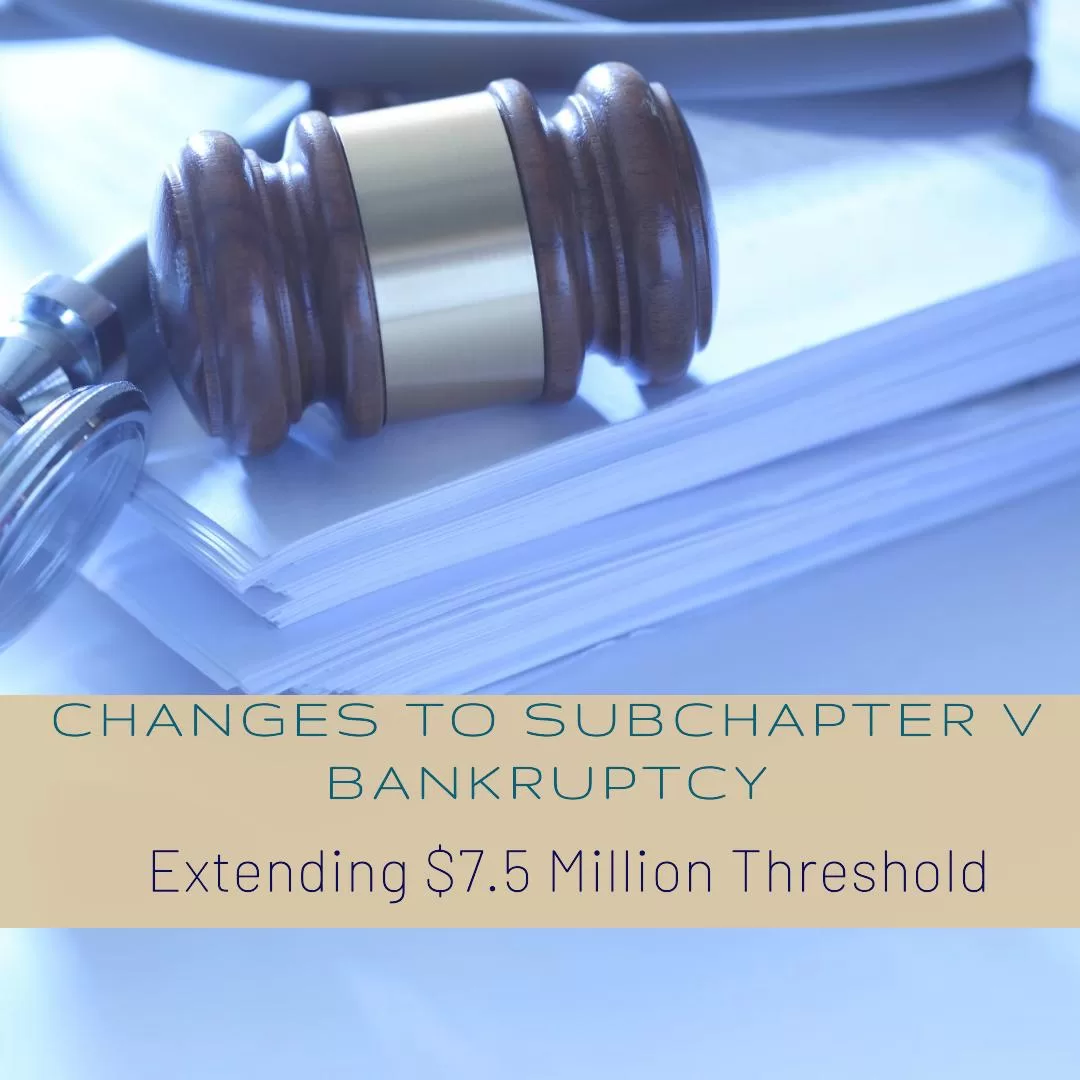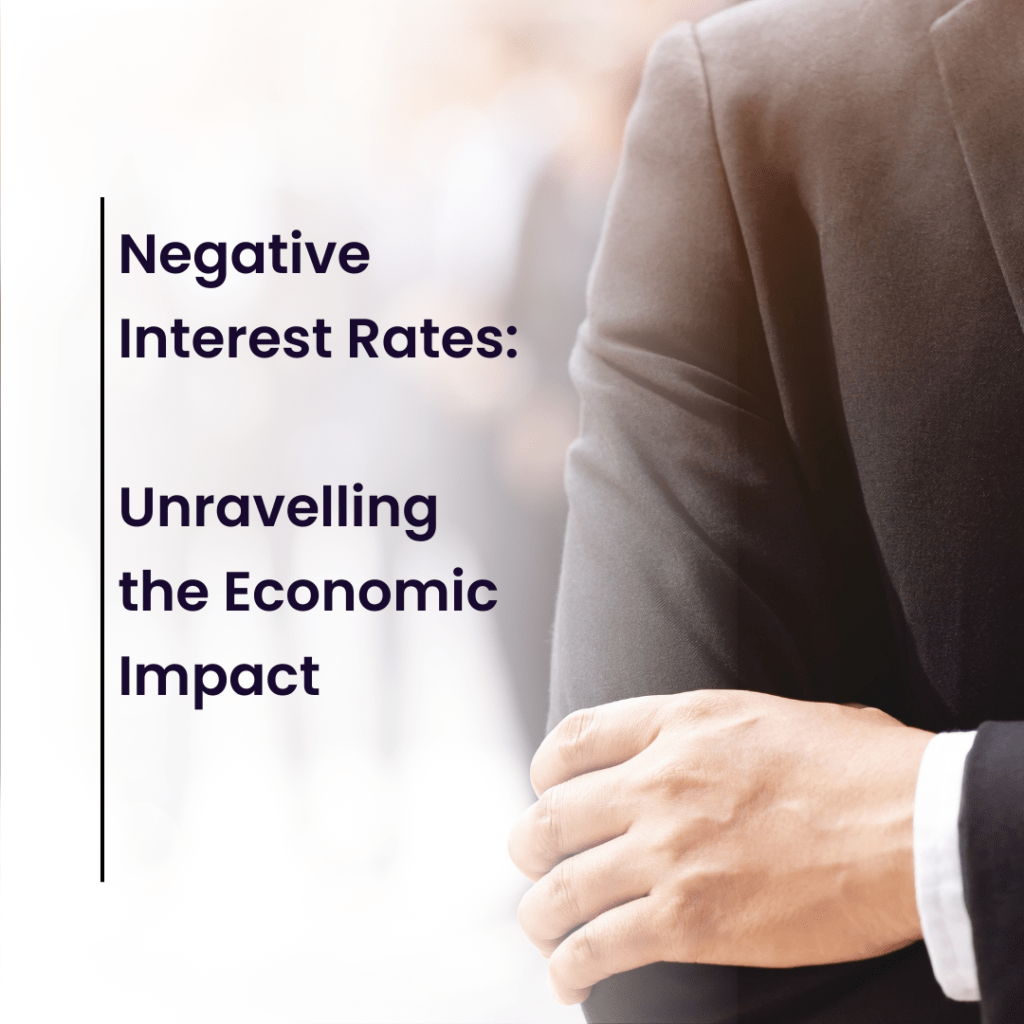Bankruptcy can be a daunting prospect for businesses facing financial distress, but the Subchapter V section of the bankruptcy code offers a potential lifeline for small businesses seeking to reorganize and emerge stronger. In this article, we delve into the intricacies of Subchapter V, exploring its provisions, eligibility criteria, benefits, and potential implications for businesses navigating the bankruptcy process. Updates to Subchapter V of Bankruptcy Code.

Understanding Subchapter V: Enacted as part of the Small Business Reorganization Act of 2019, Subchapter V provides an expedited and cost-effective avenue for small businesses to restructure their debts and continue operations. Unlike traditional Chapter 11 bankruptcy, which can be prohibitively complex and costly for small businesses, Subchapter V streamlines the reorganization process, making it more accessible to debtors with liabilities under a certain threshold.
Eligibility Criteria: To qualify for Subchapter V, a business must meet specific eligibility criteria outlined in the bankruptcy code. Key requirements include having total debts not exceeding $7.5 million (subject to adjustment), with at least 50% of those debts stemming from business activities. Additionally, the debtor must elect Subchapter V status and demonstrate a willingness and ability to propose a viable reorganization plan. Updates to Subchapter V of Bankruptcy Code.
Benefits of Subchapter V: Subchapter V offers several notable benefits for qualifying businesses. These include:
- Expedited Process: Subchapter V expedites the bankruptcy process, reducing administrative burdens and accelerating the development and confirmation of a reorganization plan.
- Enhanced Control: Debtors retain greater control over the restructuring process, facilitating collaboration with creditors and stakeholders to negotiate favorable terms.
- Elimination of Creditors’ Committees: Unlike traditional Chapter 11 cases, Subchapter V eliminates the requirement for creditors’ committees, streamlining decision-making and reducing administrative expenses.
- Flexible Reorganization Plans: Debtors have greater flexibility in crafting reorganization plans, with fewer procedural requirements and more discretion in proposing terms that are feasible and equitable.
Implications for Stakeholders: While Subchapter V offers significant benefits for debtors, it also has implications for creditors, shareholders, and other stakeholders. Creditors may face reduced recoveries or modified repayment terms under reorganization plans, necessitating careful evaluation of their rights and interests. Shareholders, meanwhile, may see their equity stakes diluted or extinguished as part of the restructuring process.
Challenges and Considerations: Despite its advantages, Subchapter V is not without challenges and considerations. Debtors must navigate complex legal and financial requirements, engage in meaningful negotiations with creditors, and demonstrate the feasibility of their proposed reorganization plans. Additionally, the outcome of Subchapter V cases can be influenced by various factors, including the debtor’s industry, market conditions, and the willingness of stakeholders to cooperate.
Subchapter V of the bankruptcy code represents a significant opportunity for small businesses grappling with financial difficulties to restructure their debts and regain financial stability. By understanding the provisions, eligibility criteria, benefits, and implications of Subchapter V, debtors, creditors, and stakeholders can navigate the bankruptcy process more effectively and pursue outcomes that are mutually beneficial and sustainable in the long term.
The Senate is considering an extension of the Subchapter V debt sublimit within Chapter 11 bankruptcy filings following the introduction of legislation that would push out the expiration date for the $7.5 million threshold to 2026.
Senator Durbin introduced the legislation on April 17, 2024 and the bill is now under consideration with the Judiciary Committee. In addition to Durbin, the sponsor of the bill, a bipartisan group served as co-sponsors, including Senators Sheldon Whitehouse, Chuck Grassley, Christopher Coons, John Corryn and Lindsey Graham.
Connect with Factoring Specialist, Chris Lehnes on LinkedIn
Read more articles about corporate turnarounds and restructuring


